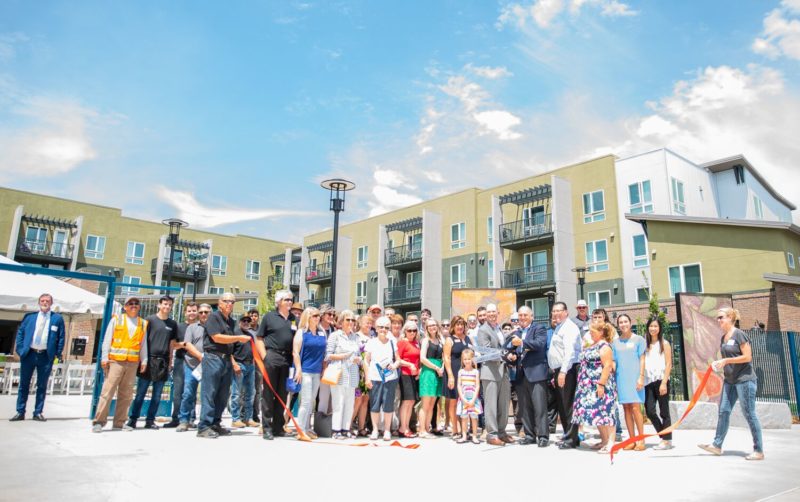Only 6 of the County’s 16 jurisdictions have earned Housing Element certification from the California Department of Housing and Community Development (HCD) for this planning cycle. However, lots of our cities are moving along. Learn what’s happening with your city’s Housing Element, and how to contact both your city staff and HCD Housing Element reviewer, at SV@Home’s Housing Element Toolkit.
More draft Housing Elements have gone to HCD for review!
Cupertino submitted their revised Draft Housing Element to HCD for review on October 17th, after an initial draft that met almost none of the state requirements. Since that initial failed effort, the City has hired a new consultant and has done an enormous amount of work to respond to comments from HCD and feedback from residents and advocates. The new Draft Housing Element represents a significant improvement and an encouraging new approach for a City that, in the past, has repeatedly made headlines for slowing and blocking the development of housing. Despite the progress, we continue to be concerned about constraints on the implementation of some of the proposed up-zoning, including building height limits and believe stronger protections for vulnerable tenants in this high-cost market are necessary.
Morgan Hill submitted its revised Draft Housing Element to HCD for review on October 5th, and Sunnyvale submitted its revised Draft Housing Element to HCD for review on October 12th. Both cities have done a significant amount of work to respond to HCD’s comments. Sunnyvale plans to reduce its park fees (the highest in the county) by 25%. We continue to have concerns that some issues HCD identified in Sunnyvale’s previous review letters have not been addressed, including the City’s heavy reliance on the Moffett Park Specific Plan area to meet affordable housing targets. Morgan Hill must still meaningfully address resource needs in the historically disinvested neighborhoods where many new affordable housing developments have been proposed. We expect that staff in both cities have been in frequent communication with HCD about strategies to address these issues.
Santa Clara and Los Gatos previously submitted Draft Housing Elements to HCD. HCD will send a review letter to Santa Clara by October 20th, and to Los Gatos by December 1st.
Monte Sereno, Saratoga, Palo Alto, Santa Clara County, and San Jose all still fall short of producing drafts that meet state requirements.
San Jose city staff, working closely with a range of community and advocacy organizations, is making significant progress but faces a loss of significant state transportation infrastructure funding if it does not receive state certification by the end of December. The latest draft from the City of San Jose is anticipated to be made available for public review this coming Monday, October 23rd. Because of its failure to meet mandated deadlines, San Jose has also received over a dozen “builder’s remedy” applications for housing developments. Builder’s remedy is a controversial exemption from local zoning constraints for projects with a specific percentage of deed-restricted affordable housing and is the most talked-about consequence of noncompliance.
Palo Alto is perhaps the most troubled of the major jurisdictions in the county. Despite some additional analysis and some newly identified targeted areas where housing might be built, it is clear that city staff continues to avoid many of the core issues raised in the letter from HCD. These include the feasibility of non-vacant sites, governmental constraints on development, conflicts between the city’s Housing Incentive Program and the State Density Bonus program, and the Affirmatively Furthering Fair Housing implications of the concentration of sites for lower-income households in a small area on the border with Mountain View. The draft remains a work in progress, but based on the recent public presentations, it appears likely that current plans will fall short without substantial improvements. Without taking on some of the substantive Housing Element requirements, Palo Alto runs the risk of a drawn-out process of back and forth with the state.
